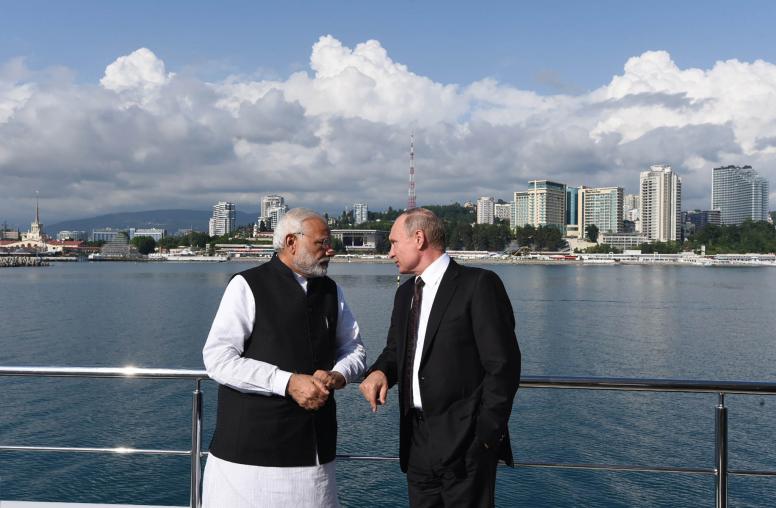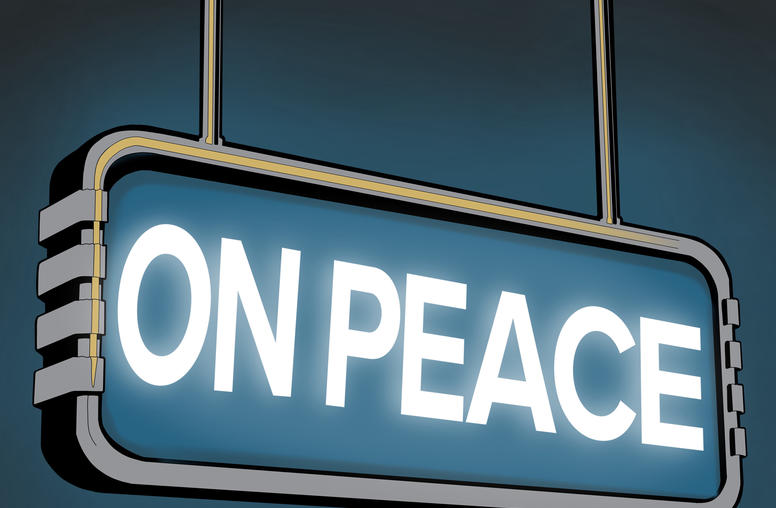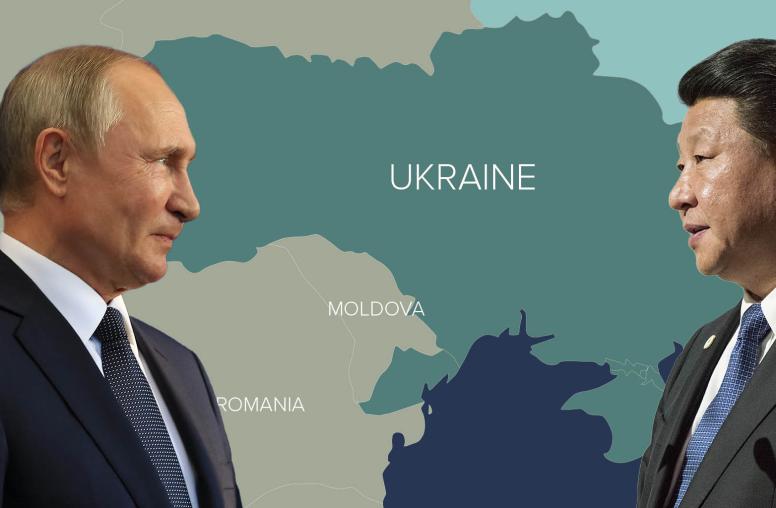Donald Jensen on the Biden-Putin Summit
Despite numerous points of tension, Presidents Biden and Putin characterized this week’s meeting in positive terms. Now, “the administration is trying to decide to what extent to cooperate with the Kremlin … and to what extent to push back,” said USIP’s Donald Jensen ahead of the summit.
On Peace is a weekly podcast sponsored by USIP and Sirius XM POTUS Ch. 124. After a brief hiatus, On Peace is available again on a weekly basis. Each week, USIP experts tackle the latest foreign policy issues from around the world.



